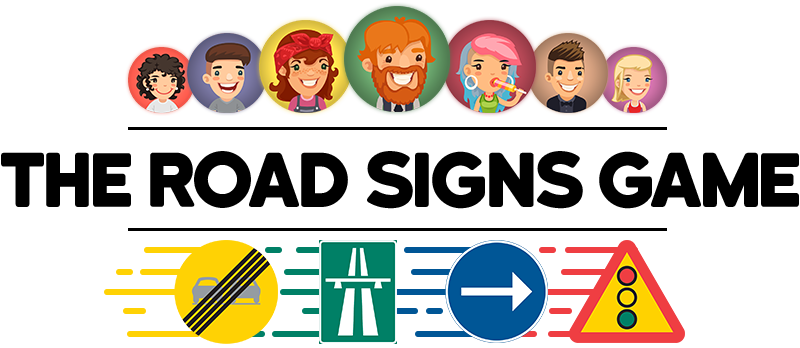 iKörkort
iKörkort
 Tests
Tests

 Language
Language

The braking distance increases or decreases quadratically (to the power of 2) in relation to the speed. For example, if you double the speed, the braking distance will quadruple and if you triple the speed, the braking distance will multiply nine times.
100 km/h is twice as fast as 50 km/h, which means that the braking distance becomes 2^2 = 2 x 2 = 4 as long.



